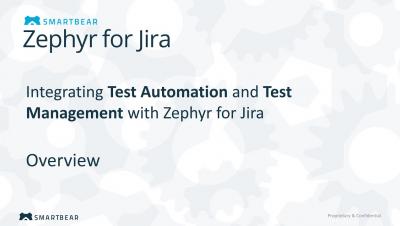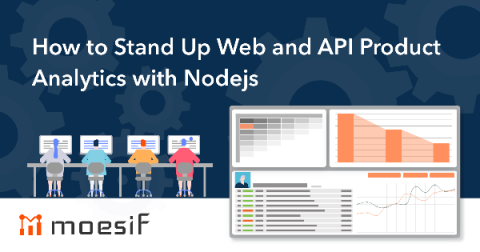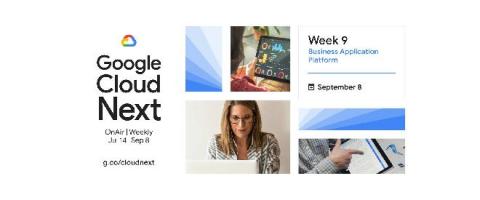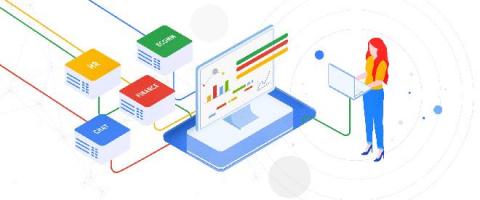Systems | Development | Analytics | API | Testing
API
How to Stand Up Web and API Product Analytics with Nodejs
This guide walks you through how to stand up cross-platform analytics to track customer behavior across both your APIs and web apps. By tracking customer behavior on both APIs and web apps, you’re able to fully understand the customer journey and metrics like Time to First Hello World and Time to Value. However, gathering the data by itself isn’t enough. After all, if it’s not acted on, it’s not of much use.
Faster, more powerful apps for everyone: What happened at Next OnAir this week
Week nine of Google Cloud Next ‘20: OnAir is in the books—and what a week it was! From Google Cloud GM/VP Amit Zavery’s keynote to product announcements to customer demos to Google SVP Urs Hölzle presentation and Q&A, we explored multiple ways enterprises are leveraging APIs and no-code application development to accelerate their digital transformations. There was a lot to absorb, so let’s take a look back.
Multi-Cluster & Multi-Cloud Service Meshes With CNCF's Kuma and Envoy
When we first created Kuma – which means “bear” in Japanese – we dreamed of creating a service mesh that could run across every cluster, every cloud and every application. These are all requirements that large organizations must implement to support their application teams across a wide variety of architectures and platforms: VMs, Kubernetes, AWS, GCP and so on.
Managing DreamFactory Scripted APIs with GitHub and Your Favorite IDE
How APIs and ecosystem strategies accelerate digital transformation
Innovation is a topic of conversation in almost every enterprise, but a related topic that sometimes goes under-discussed is co-innovation—that is, the idea that enterprises can unlock a lot of powerful business innovation by partnering outside the organization. Often called a digital ecosystems strategy, this tactic involves different participants sharing data, functionality, and other digital assets for symbiotic benefit.
Slack Notifications from Your Laravel Application
Accelerate digital transformation with business application platform
2020 has been among the most disruptive years business leaders have ever confronted, with many enterprises absorbing several years of digital transformation over just a few months. These ongoing efforts have not been easy, with numerous organizations finding their existing resources and workflows won’t scale and don’t allow them to move quickly or responsively enough. They need to rethink how transformation occurs and how different parts of the workforce can participate.
Panel: Continuous Delivery and the State of Software Development
What is API-first? 5 opportunities to create business value
Our recent CIO survey with Oxford Economics contained a few takeaways that stood out to me: most companies are using API-first strategies, and those most committed to this concept report faster innovation and greater value from business partnerships. Even so, the survey indicates that a healthy minority of enterprises still think of APIs in integration-first terms.











